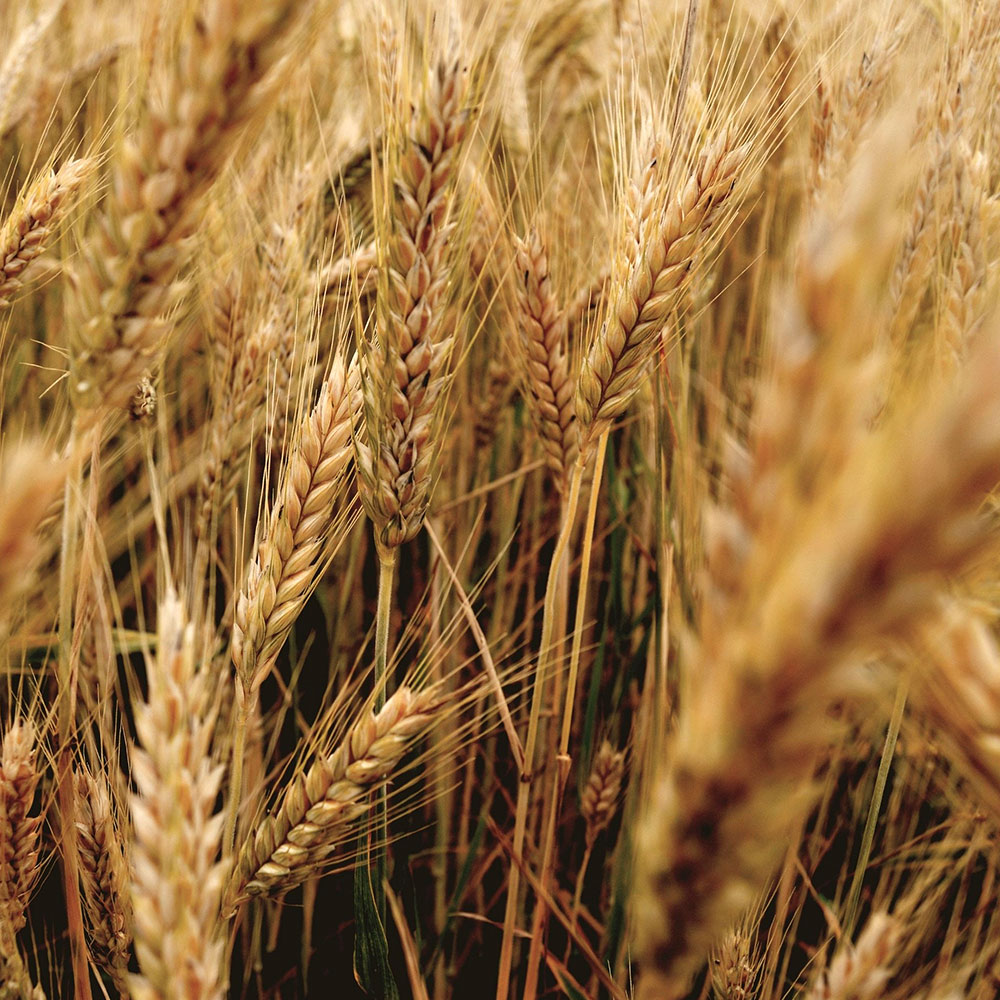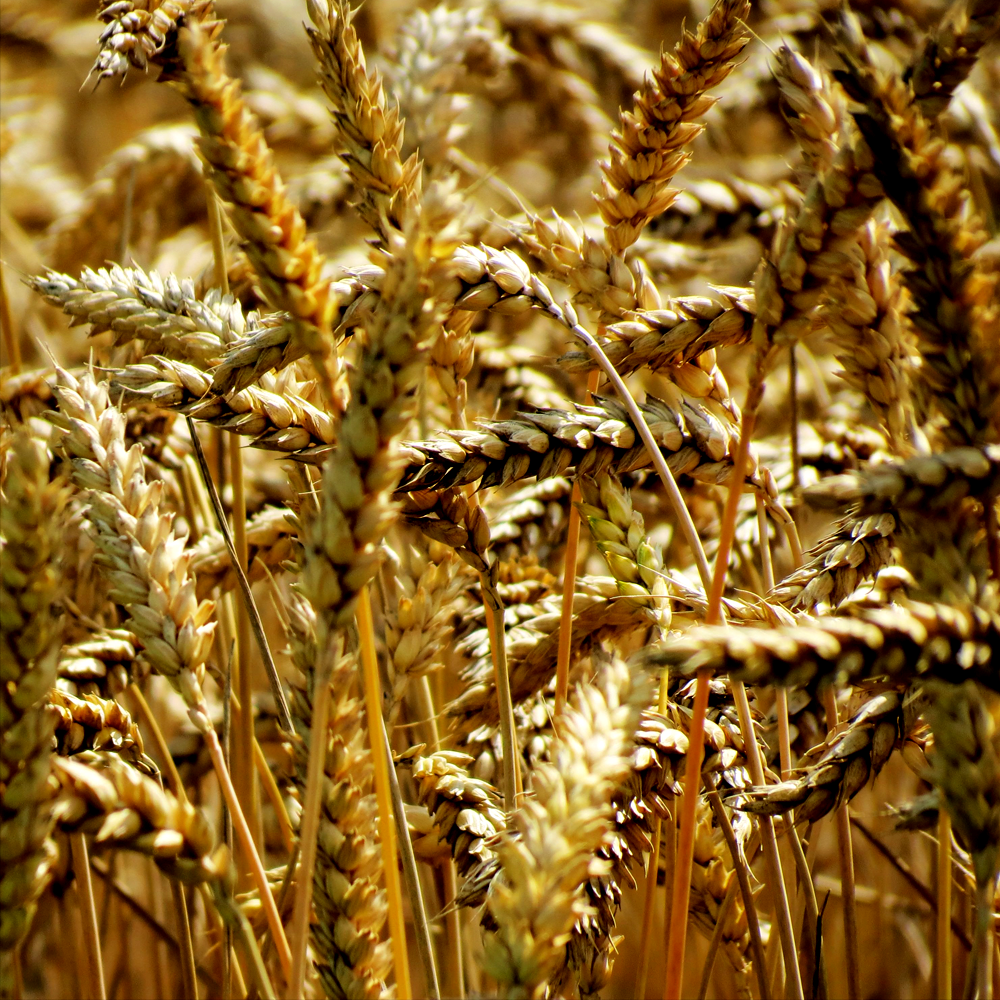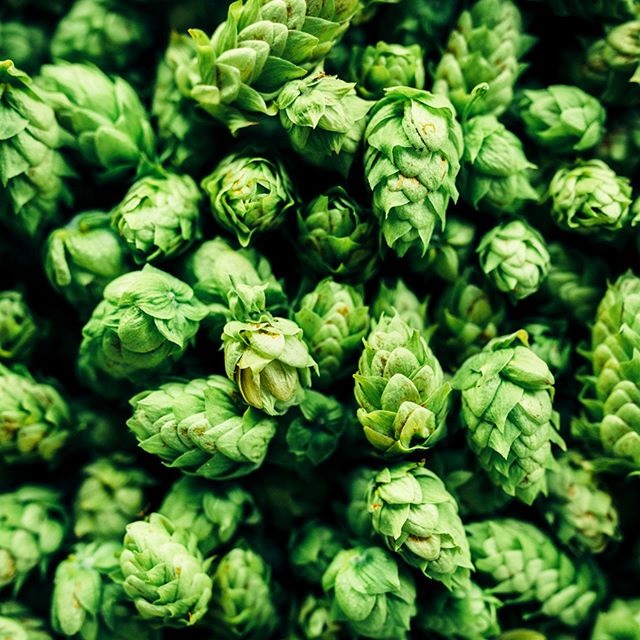No products in the cart.
We believe that to make great beer, you need to start with great ingredients
Our barley malt comes from a variety of companies and locations to ensure we get the best malt possible for our beers.

Wheat is the most common grain used in beer other than barley. Wheat adds light grainy and fruity notes while contributing greatly to body and a creamy head. Similar to rye, wheat does not have a husk. Rice hulls can be used as an additive to increase wort extraction and decrease lautering time for brews with a high percentage of wheat. We source our malted wheat from Canada Malting Co. and our raw wheat comes for Great Western Malting in the USA. We use a blend of malted and raw wheat in our #Witbier for a more grainy and earthy flavours in our beer. We also use raw wheat for our traditional turbid mashing process on all of our Spontaneous Ale brews.

We source our rye from Canada Malting Co. Rye is similar to wheat but has a distinctive spicy quality. Rye can be very difficult to brew with in large quantities because it does not have a husk. The glucans present in the grain gum up and cause much longer lautering times. Rice hulls can be added to the mash to act as a filtering aid and speed up the transfer of wort from the mash tun to the kettle.

There are hundreds of varieties of hops grown around the world. Each hop varietal has a very complex and aromatic quality to offer. We use an array of hops sourced from multiple growing regions.

We use a small collection of carefully selected yeast from White Labs Inc. based in California. White Labs has been active in the American and Canadian craft brewing movement since the 1990s. The company supplies professional breweries, wineries, distilleries, and homebrew shops with the highest quality pure liquid yeast cultures.

It may surprise you that Buckwheat is not related to wheat at all and contains no gluten. It is related to sorrel, knotweed and rhubarb. Buckwheat is also referred to as a pseudocereal because its seeds are edible and rich in complex carbohydrates. Buckwheat seeds are black in colour and a triangular in shape, they have a earthy and nutty flavour in their raw form. We use buckwheat in our Gluten Free Saison adding complexity and earthy flavours to the beer.

Used in food production for hundreds of years, Sorghum is a flowering grass native to many parts of the world. The grain-producing variety native to Africa is used to make syrups and molasses for food production. Naturally gluten free, we use sorghum to provide the majority of the sugars and base flavours to our Gluten Free Saison.

At the Exchange, we believe a subtle spicing of select brews can add a level of complexity beyond the four traditional brewing ingredients. We have a wide variety of herbs and spices, some locally-grown here in Ontario and from around the globe. We use fresh fruits grown in Ontario whenever possible and never use fruit concentrates in our beer.
We brew with the following spices and herbs:
